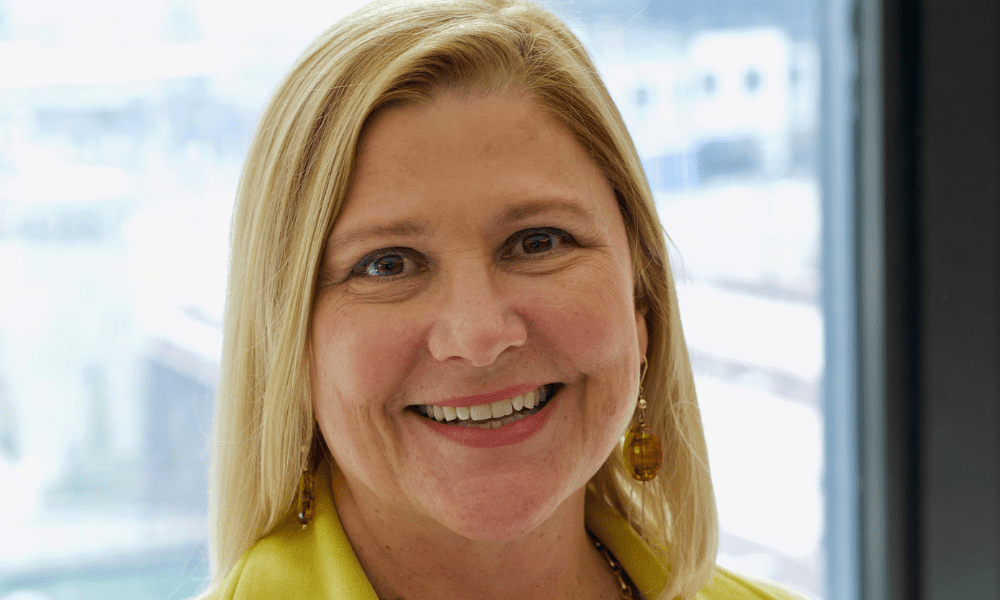Grappling with climate change

Grappling with climate change | Insurance Business America
Catastrophe & Flood
Grappling with climate change
As weather disasters become more frequent, carriers need to keep pace with the new reality
Catastrophe & Flood
By
Emily Douglas
Hurricane season started on June 1 and 200,000 people across several US states have suffered power cuts after deadly tornadoes and thunderstorms ravaged the region in recent weeks.
The severe weather claimed at least 23 lives over the Memorial Day weekend, injuring hundreds and leaving widespread destruction – and forecasters are predicting this hurricane season could be America’s worst ever.
According to data from Gallagher, the US paid out a record $60 billion in insured losses from severe convective storm (SCS) events in 2023 – at an overall economic cost of $78 billion.
Natural disasters are striking with unsettling frequency, leading Alison Green (pictured above), director of brokerage at Atlanta-headquartered wholesale broker Capitol Special Risks (CSRisks), to paint a stark picture of the insurance world grappling with climate change. As an insurance broker, she advises clients in architecture, engineering, and home inspection on how to adjust their policies to this new reality. However, she notes that many insurance carriers have yet to catch up.
“I don’t know that many of the carriers have really caught up,” Green said. “I think what they’re seeing is the claims activity, and they’re particularly slow in recognizing the emerging risks in areas not consistently hit by disasters.”
Some municipalities are doing what they can to protect their residents – in New Orleans for example, a city plagued by flooding, residents can apply for government funds to elevate their homes. This proactive measure highlights the growing acknowledgment of persistent issues.
“We have a good bit of business in New Orleans,” Green said. “They are doing things like raising homes; the Flood Mitigation Assistance grant program gives residents money to raise their homes to keep them from flooding because they know it’s going to continue to be a problem.”
This sentiment underscores the need for insurance policies to provide comprehensive coverage against diverse risks, from water damage to structural wind impacts – and finding cover may be about to get even harder than it currently is.
“I think insurers are getting to the point where it’s becoming somewhat uninsurable, because the losses are just continuing to build,” Green said.
And as losses mount, the role of home inspectors is critical in this evolving scenario. Green said that that as the frequency of claims rises, the quality of inspections can come into question.
“If you’re a home inspector, you really have to do your due diligence beyond just the surface level,” Green said. “When we start to see home inspectors with frequency of claims, that tells us that they’re not doing a great job because there are continuing to be issues. Being in high-hazard areas makes their jobs tougher and issues can be tough to spot. [However], I think that having the highest limits for professional liability that they can afford is important at this point, because with [issues] like social inflation, some of these verdicts are getting higher and higher.
“There is a lot of capacity in the professional insurance market,” she said. One of Green’s other areas of specialty is also changing – the architecture and engineering and real estate liability space, historically seen as risky, is now attracting more carriers.
“That’s a space that not many carriers have always wanted to write in because it’s risky, but we’re seeing more companies be willing to write these risks,” she said.
Despite these positive trends, Green pointed out that the insurance industry’s response to emerging technologies and cyber risks remains volatile.
“We write a great deal of cyber insurance, and that is an area that I do think will be hugely impacted by AI,” she said. “Artificial intelligence is going to have an enormous impact on the cyber market. Healthcare will always be one because of the valuable data that they hold.”
Schools and municipalities also remain targets for cyber threats, with incidents on the rise across the world. According to data from Comparitech, US schools suffered from 954 data breaches – almost seven times 2022’s figure of 139.
“They are very vulnerable, they have limited resources and limited security, and there’s so much damage to be done by bad actors,” Green said.
In the face of these challenges, the insurance industry must continue to evolve, ensuring comprehensive coverage while navigating the complexities of a changing world. Green’s insights underscore the importance of proactive measures, regional expertise, and the ability to adapt to new technologies and risks.
“The key is staying ahead of the curve,” she said. “We must be prepared for the uncertainties ahead.”
Related Stories
Keep up with the latest news and events
Join our mailing list, it’s free!






